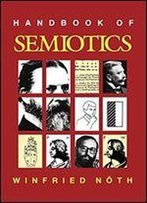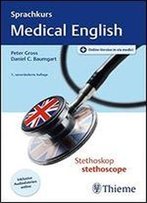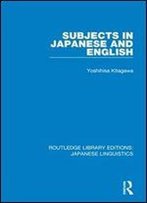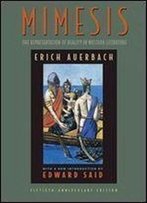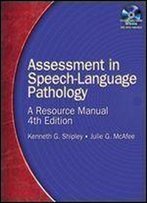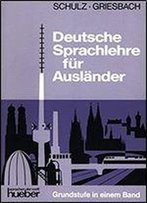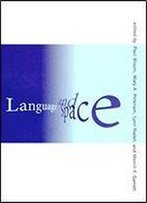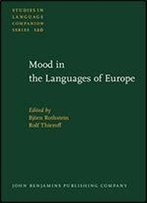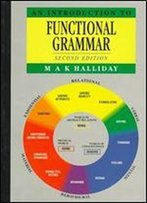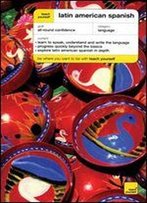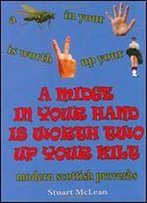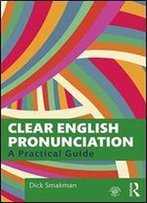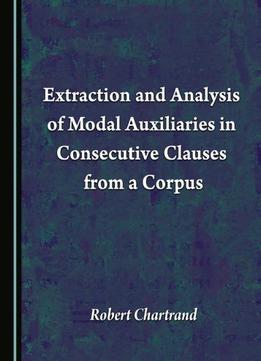
Extraction And Analysis Of Modal Auxiliaries In Consecutive Clauses From A Corpus
by Robert Chartrand /
2016 / English / PDF
2.3 MB Download
Although there are a large number of grammar books that explain the form and meaning of the English modal auxiliaries, there are few resources that provide examples as to what modals could be used, and in which cases, when referring to successive clauses. Modal auxiliaries are among the most difficult structures to teach to students of English as a second or foreign language. Some combinations of modals are more commonly used than others, and pairs of modals are used to express a specific meaning. It is not well known, however, exactly which combinations of modals are more popular. Therefore, a method to extract modal auxiliaries in two consecutive clauses from the British National Corpus 2007 XML edition was developed and is discussed in this book. Pair modal frequencies were not well known since simple string match methods could not be used with embedded sentences, complex sentences and compound sentences. This problem was solved by defining rules of sentence structures to identify important clauses carrying the main ideas of sentences, extracting only the important clauses and calculating t-scores. A system was implemented by using computational linguistic techniques for extracting, parsing, and simplifying sentences for learners to study the use of modal auxiliaries. Which collocational expressions are more common? What is the appropriateness of the results? Learners and educators can make use of these results to gain a better understanding of modal auxiliaries, and to facilitate the process of teaching and learning English.
